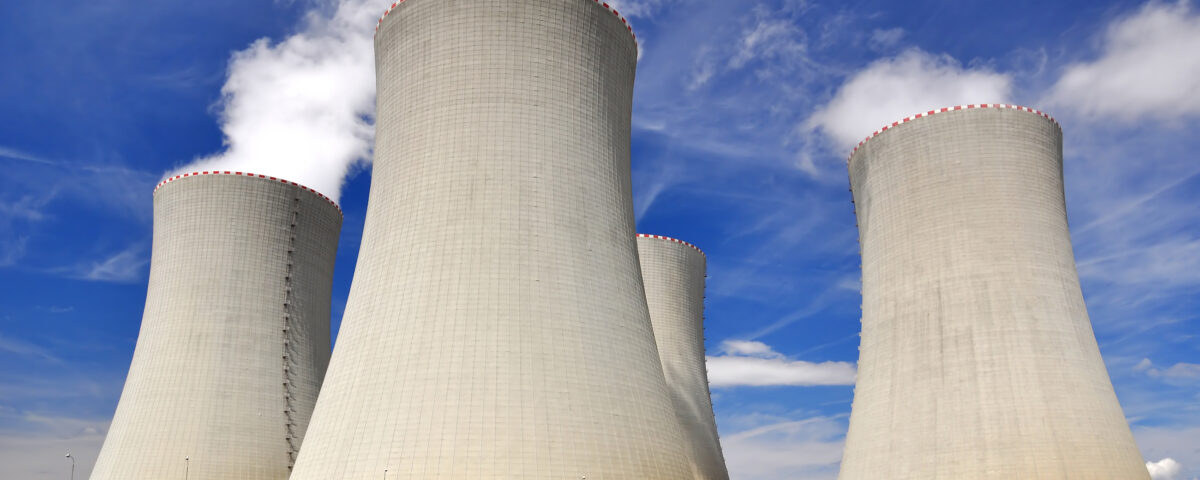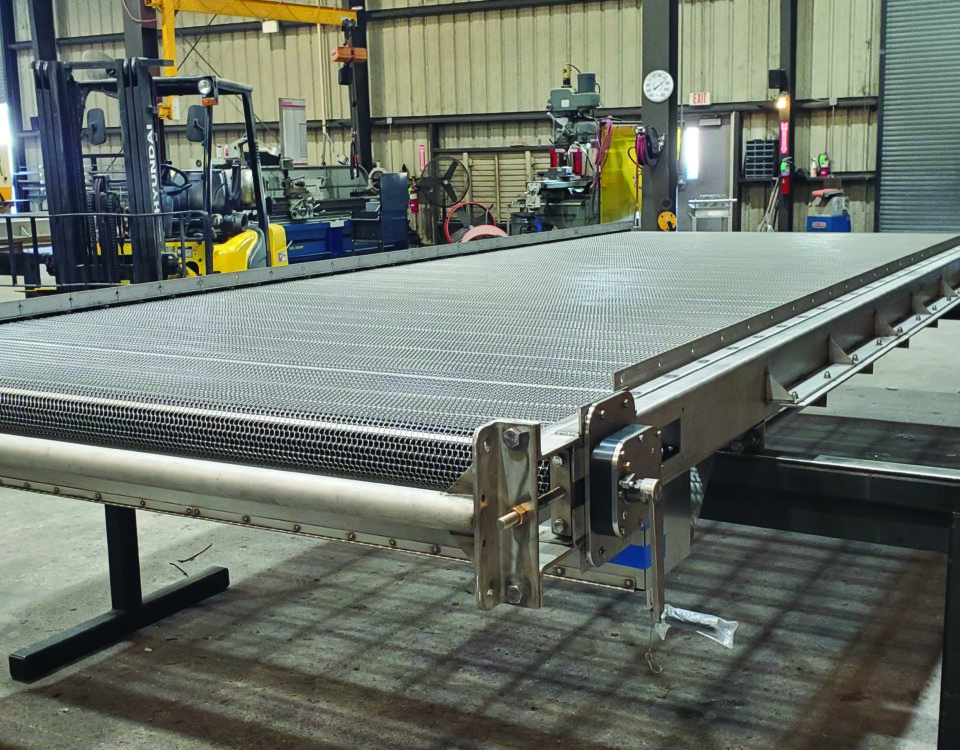
Why Refineries Need Both Sump Screens and Air Intake Screens for Reliable Cooling
July 1, 2025
Cooling Tower Protection in Gulf Coast Refineries: The Role of Custom Traveling Sump Screens
July 24, 2025Keeping debris out of your cooling tower system is essential for protecting critical equipment and maintaining efficient performance. Whether you’re using air intake screens, sump screens, or both, these components play a vital role in filtration and system reliability. Over time, however, screens can wear down or become less effective, leading to reduced efficiency and potential equipment damage. Knowing when it’s time to repair or replace them can help prevent costly downtime and extend the life of your cooling system.
Signs of Clogged Cooling Tower Screens
Cooling tower screens are designed to trap debris before it can enter and damage sensitive components. But over time, even high-quality screens can become clogged. If you find yourself cleaning screens more frequently than usual or notice reduced water flow, these may be early signs of internal wear or blockage.
In addition to poor circulation, look for water overflow in the basin, pump cavitation, or reduced cooling efficiency. These symptoms often indicate that debris buildup is limiting the screen’s ability to function correctly.
In some cases, clogging can be resolved through cleaning and routine maintenance. However, if cleaning provides only short-term relief or if clogs recur, it may signal a deeper issue, such as deterioration of the screen mesh or an undersized screen for your application.
When to Repair vs. Replace Cooling Tower Screens
Not every issue means it’s time for a full replacement. Small tears, frame misalignment, or moderate buildup can often be addressed through screen repair, re-tensioning, or realignment, especially if the screen frame is still structurally sound. For traveling sump screens, motor and gear components may also be serviced or replaced independently if they’re contributing to poor operation.
However, replacement becomes the better option when screens are:
- Visibly warped, heavily corroded, or structurally compromised
- Clogging frequently even after cleaning
- Causing repeated shutdowns or downstream equipment issues
- No longer cost-effective to maintain
In these situations, it’s also worth evaluating the type of screen in use. While stationary screens are standard, they tend to clog more quickly and require frequent manual cleaning. Upgrading to a traveling sump screen, such as CTVS’s Vari-Flow model, offers a more efficient, self-cleaning alternative that continuously or intermittently moves debris into a collection area. This design reduces maintenance, extends screen life, and provides better protection for downstream equipment.
Deciding whether to repair or replace depends on the screen’s condition, age, material, and the system’s criticality to your operation. Regular inspections will help you catch minor issues early, when a simple repair may be sufficient, and avoid unexpected failures that require complete replacement.
Cooling Tower Screen Maintenance Tips
- Inspect screens regularly for damage and buildup
- Clean screens based on your site’s environment and seasonal changes
- Monitor flow rates and look for sudden drops
- Use proper water treatment to minimize corrosion and fouling
- Choose screen materials and mesh sizes designed for your application
At Cooling Tower Valves and Screens, we design and manufacture custom traveling sump screens tailored to meet the unique needs of your cooling tower. Durable, low-maintenance, and built for industrial performance, our Vari-Flow screens help extend equipment life and keep your operations running efficiently.




